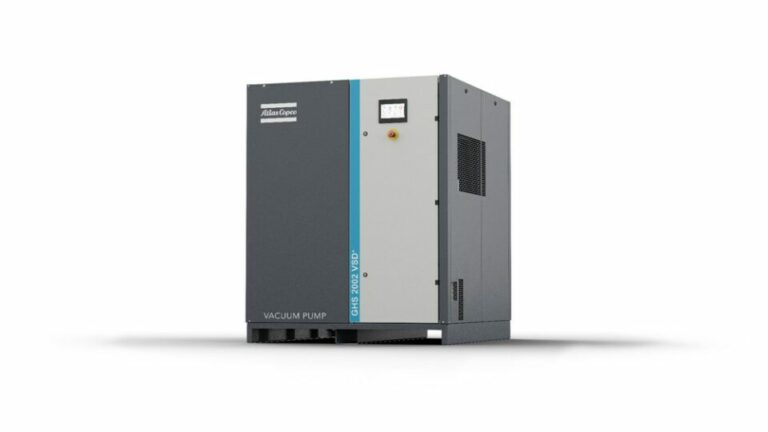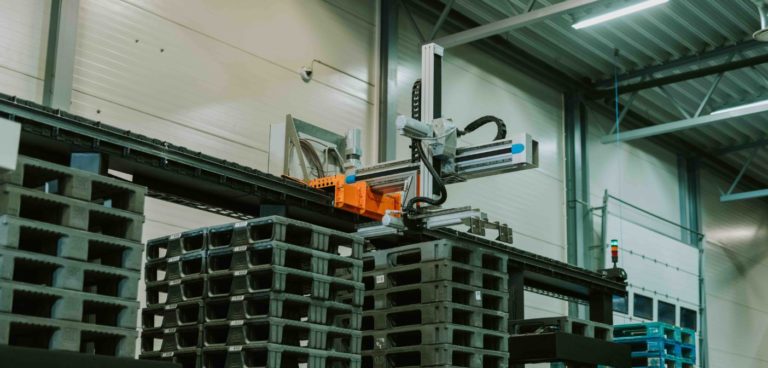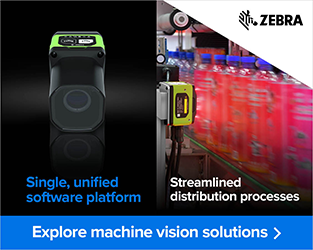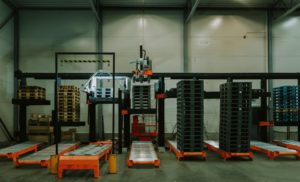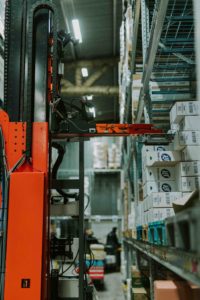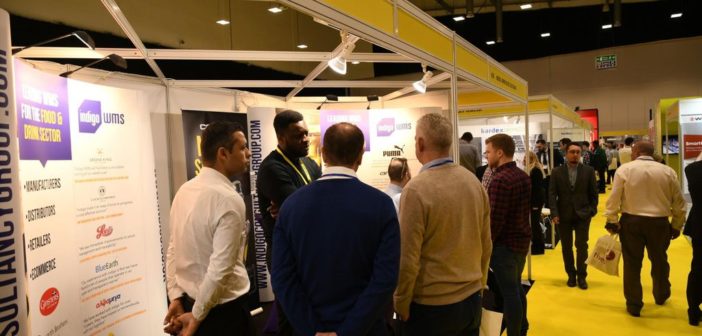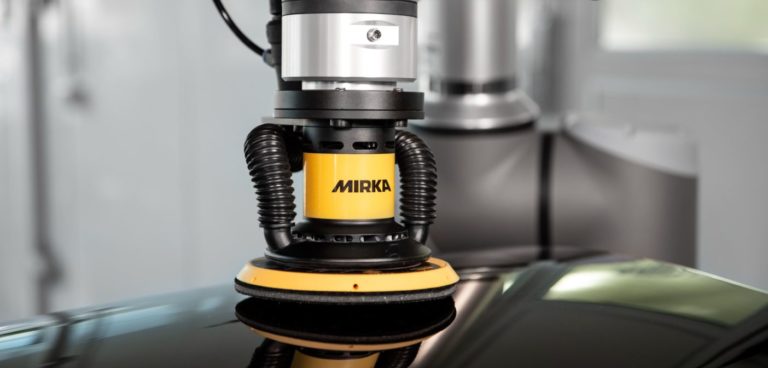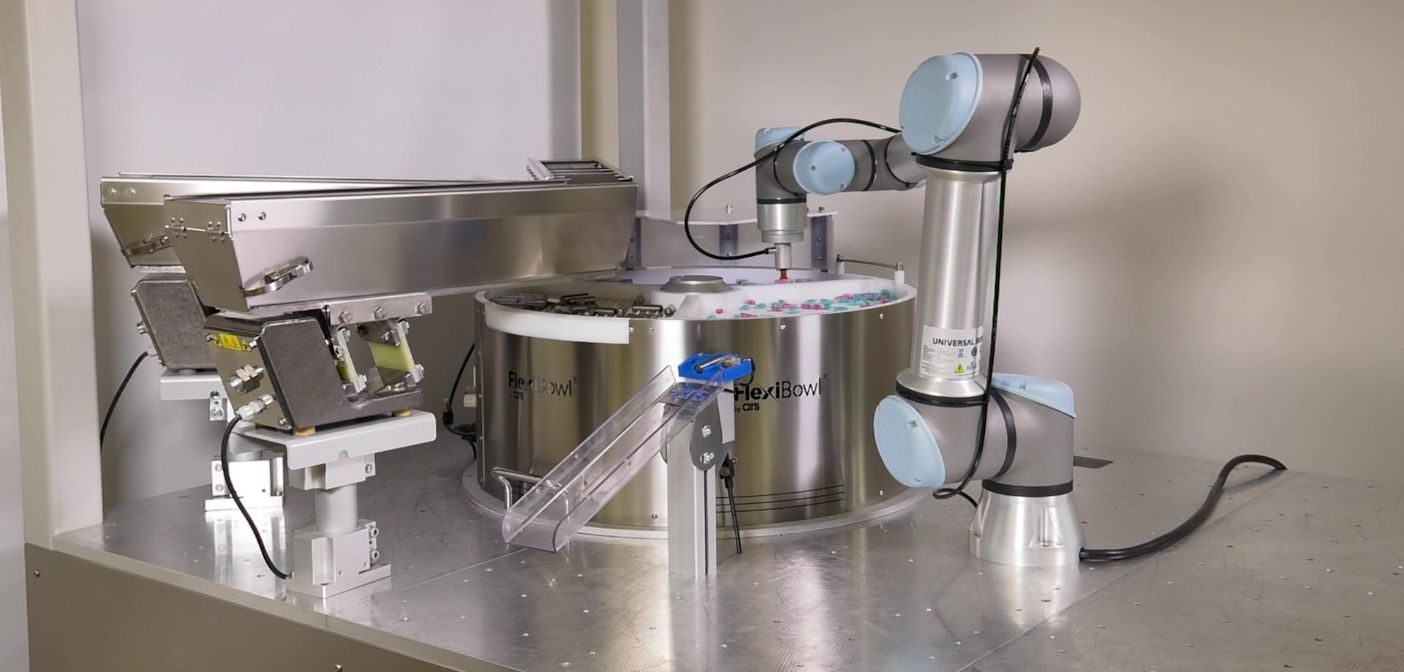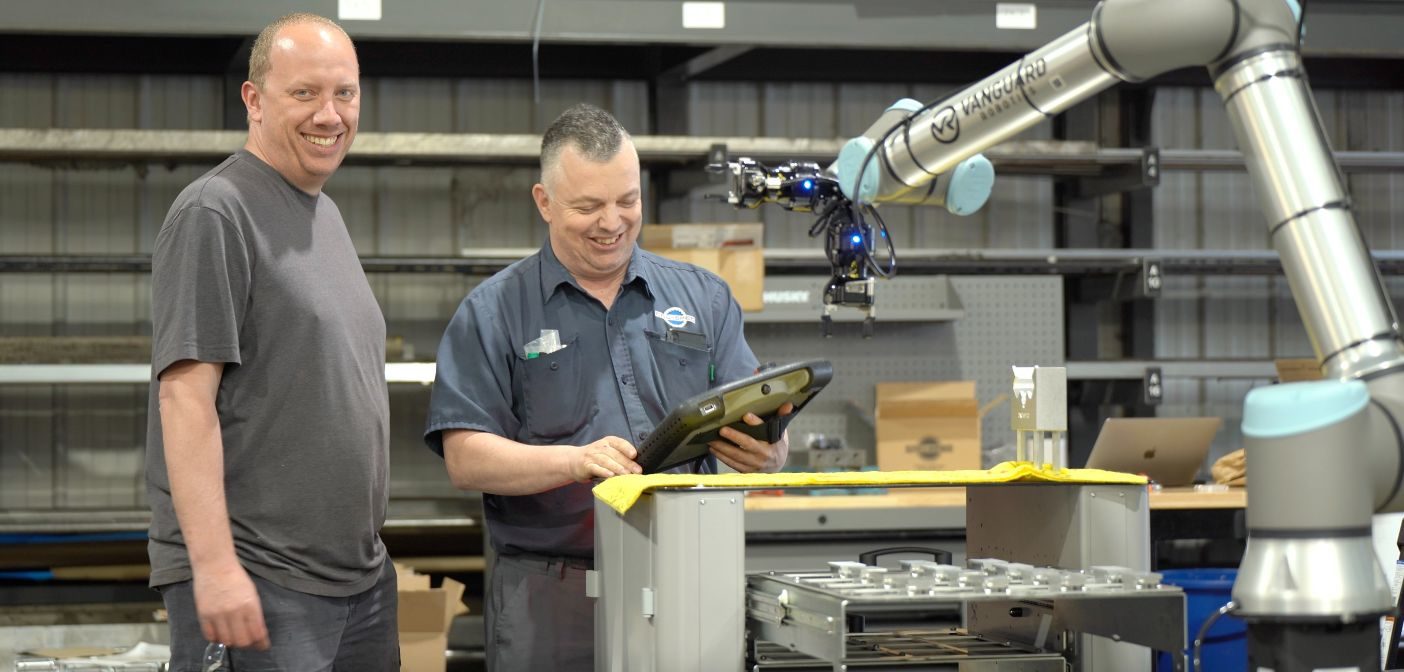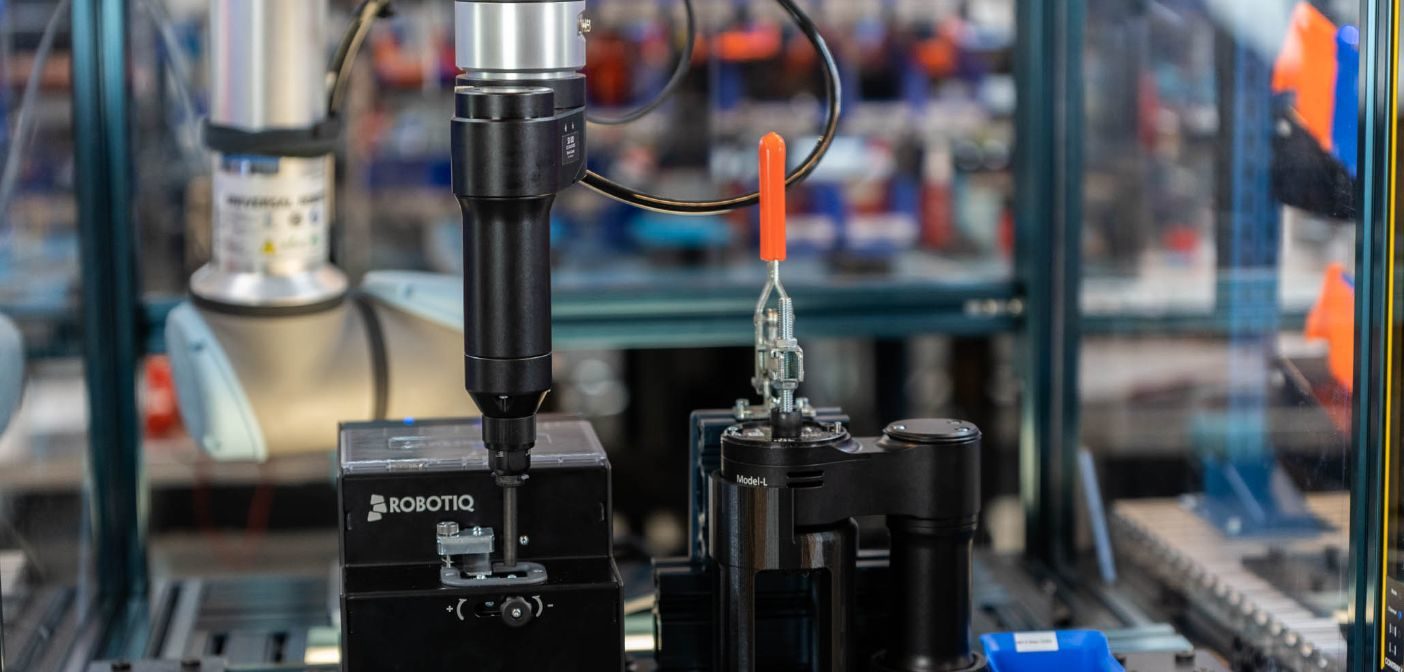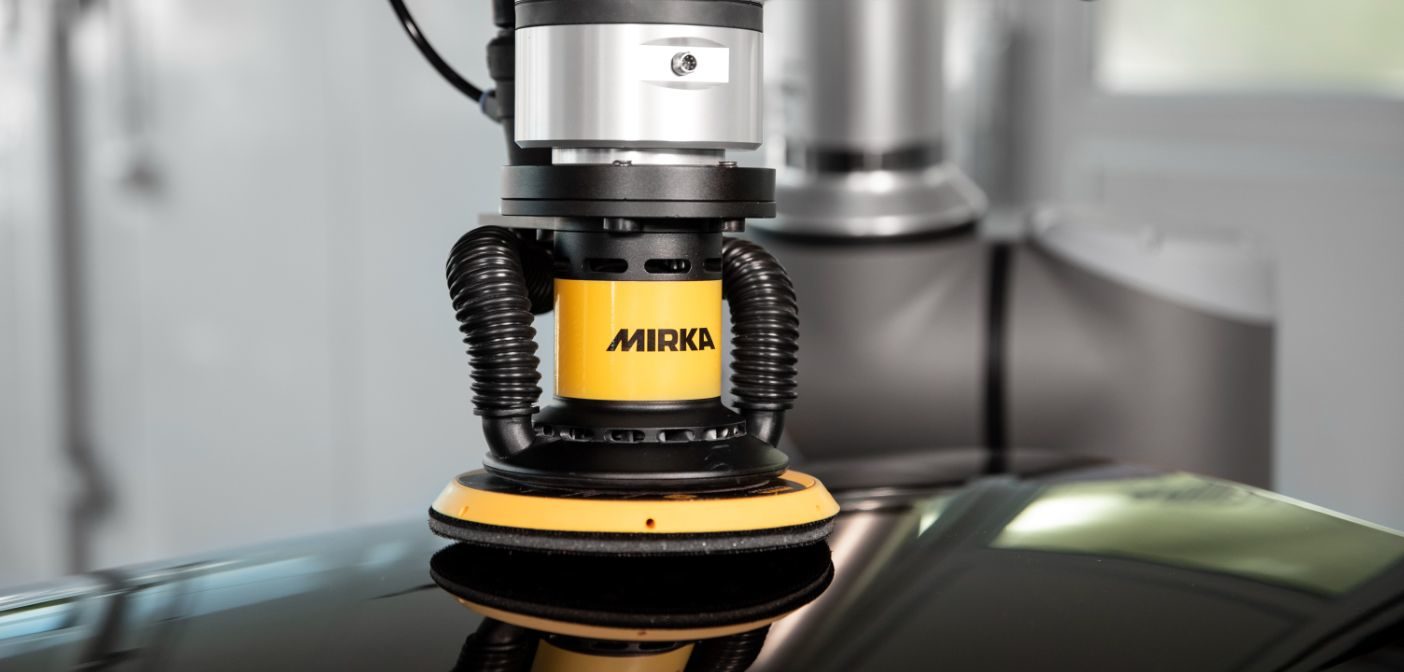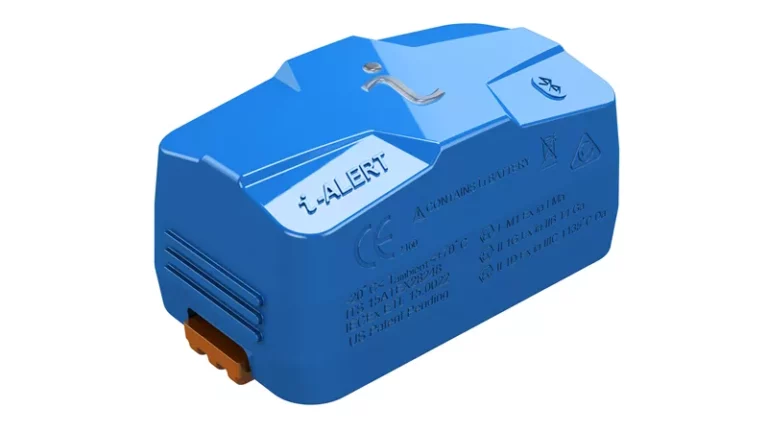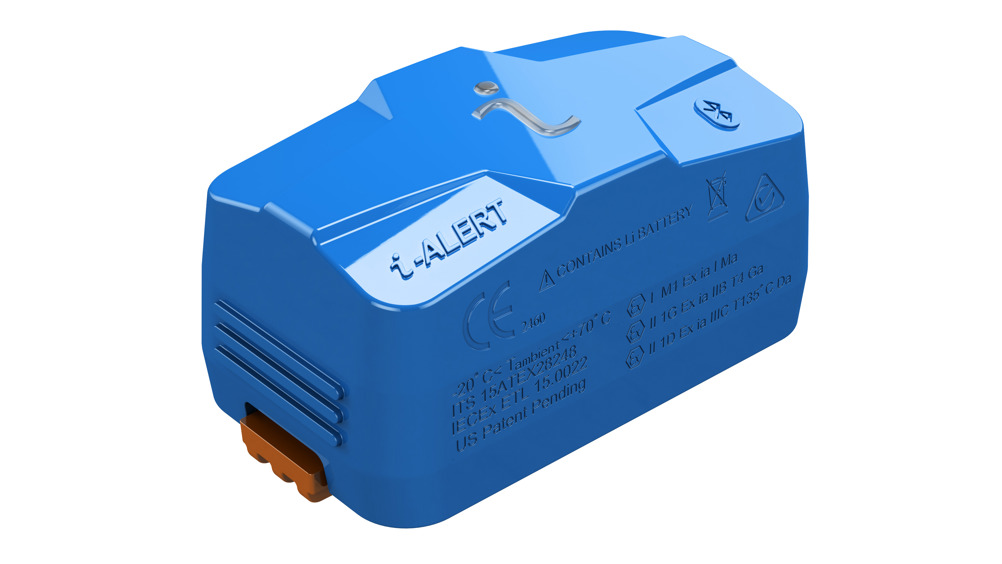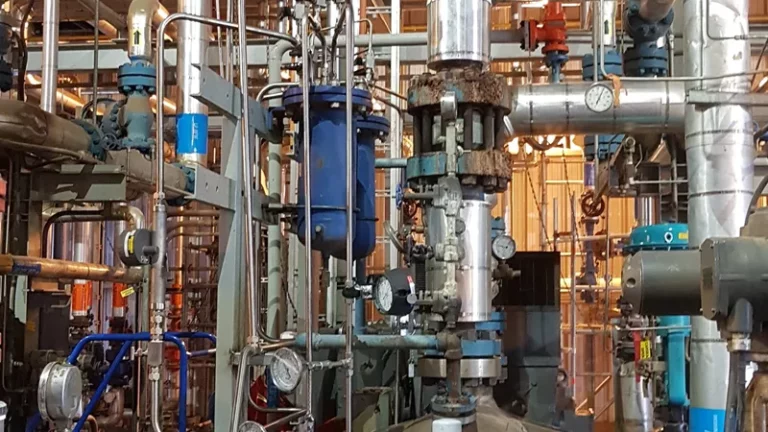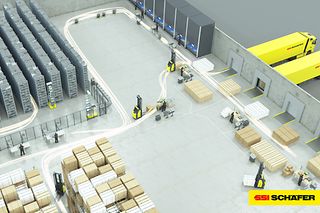With the GHS 1402 – 2002 VSD+, vacuum manufacturer Atlas Copco is launching a new model of speed-driven screw pumps in three pumping speed classes. In rough vacuum applications, the oil-injected pumps deliver a continuously high pumping speed – from atmospheric pressure to ultimate pressure. Commenting on the first of many new features, Product Manager Yuri Vanderveken explained, “The GHS 1402-2002 VSD+ features the new Atlas Copco oil-injected screw element. It’s innovative compression optimization valves allow for high pumping speeds at rough vacuum.” This makes them ideal for use in central vacuum systems, for vacuum cooling, for the production of food packaging and thermoformed plastic components as well as for vacuum chambers for altitude simulation.
“This is also a forward-looking pump. It is equipped with HEX@, Atlas Copco’s revolutionary new vacuum controller, making this pump ready for industry 4.0. With a new control system, users of the speed-driven pump type are also well equipped for the comprehensive digitalization of industrial processes”, continued Vanderveken.
Higher vacuum performance, lower consumption
Compared to the previous models, the innovative design of the three models GHS 1402, GHS 1602 and GHS 2002 VSD+ results in better vacuum performance, a 15 percent smaller footprint and longer maintenance intervals. “The footprint of the GHS 1402-2002 VSD+ is smaller than 2 square meters. The design is compact due to the vertical drive train design,” commented Vanderveken.
The new GHS VSD+ screw pump also contributes significantly to saving energy costs. This is based on the one hand, on the combination of the Neos inverter with a setpoint control. This means that the GHS 1402-2002 VSD+ deliver exactly the pumping speed required for the respective process. Moreover, an energy recovery system helps recover up to 80 percent of the power in the form of hot water. In addition to saving costs and water, this also results in lower CO2 emissions.
High efficiencies at all speeds and demand levels
The increased efficiency is also due to the new permanent magnet motor. In its IE5 efficiency class, it has high efficiencies and produces an increase in efficiency of about two percent over the entire speed range. “This new technology ensures higher efficiency at all speeds when compared to classic motors. These new motors are oil-cooled, with oil lubricated bearings that provide optimal cooling at any speed,” elaborated Vanderveken.
Oil cooling maintains the optimal motor temperature at all speeds. The motor bearings are also lubricated by oil, which eliminates the need for regular relubrication. “We have in fact have dispensed with an additional fan, which reduces energy consumption and the noise level,” he continued. The motor is enclosed in a housing with IP66 protection. This makes it very resistant, especially in rough and dusty application environments.
Intelligent functionalities
One of the more exciting features of the GHS 1402 – 2002 VSD+ series is its intelligent functionalities. “For this purpose, we have integrated our new Atlas Copco HEX@ controller, which ensures high vacuum performance and user-friendliness,” underlines Product Manager Yuri Vanderveken. “HEX@ has a configurable user interface. You can tailor the information you see to your own needs and priorities.” Via the controller, users can visualize and set the parameters of the pumps from any smartphone, laptop, PC or tablet via a web browser, regardless of location. This allows the vacuum pumps to be configured even more specifically and sustainably for the respective applications. Other smart functionalities vary from intelligent scheduling over pump down optimization to leak detection.
Atlas Copco’s new GHS 1402 – 2002 VSD+ delivers efficiency by design and combines the best of several technologies that ease of use, peace of mind and next-level innovation.


